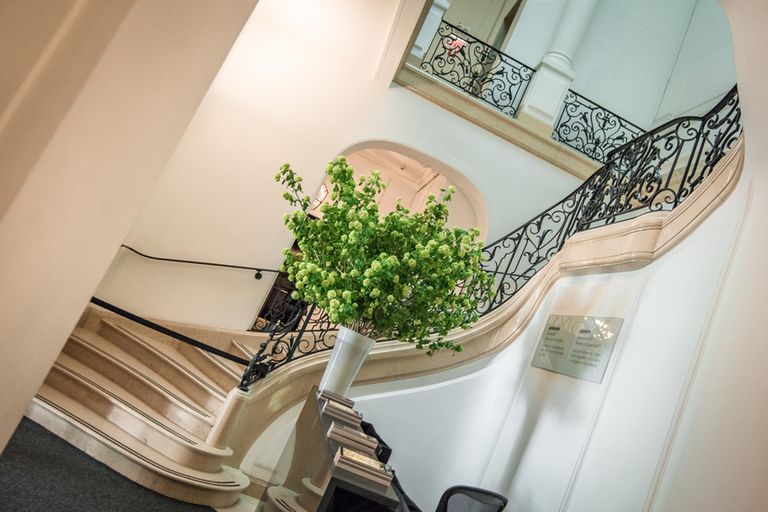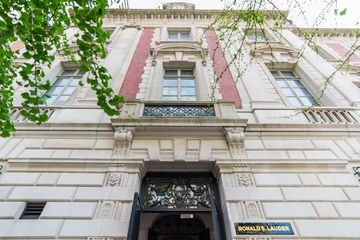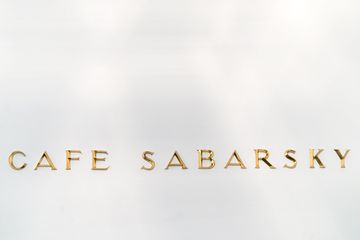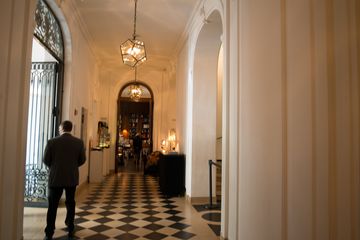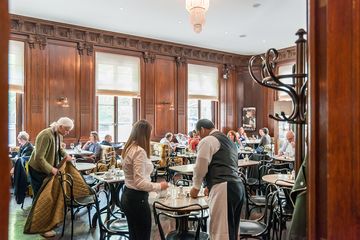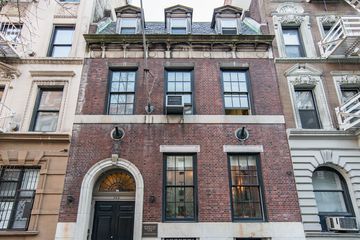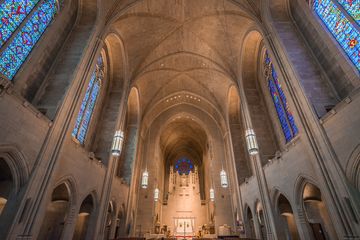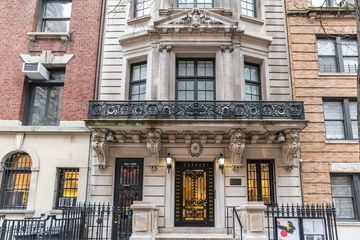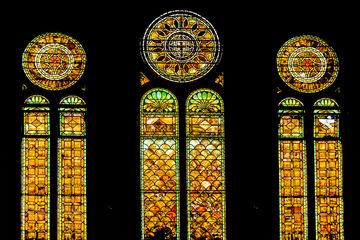City Swiggers, which opened in 2011, is where casual and professional overlap. The atmosphere of the beer shop / tasting room is neighborly and homey, but each staff member is an encyclopedia of beer information and each bottle has been chosen with the utmost care. The eclectic space, which contains both bar stools and tables, can seat a few dozen people, while the shop experiences the majority of its business from clients grabbing beer to-go. We heard an all too familiar story from owner, Alan Rice, who left the world of finance in order to further explore his passion for beer. Alan said simply, "I loved beer" and then corrected himself: "I still love beer. A little too much, maybe. " The shop, which carries over 900 beers, always has samples of new varieties. Regulars often come in and try the new brews with the staff. Alan believes that he may have the largest selection in the city. The taps are constantly being swapped out, to the point where after two weeks, the beers provided at City Swiggers have completely changed over. In addition to selling bottles, cans, flights, and pints, Alan mentioned that City Swiggers will fill any growler, even those that are not their own. Alan's wife, Pam, has a lot to do with the cozy atmosphere at City Swiggers. She has created most of the artwork - often made from recycled items - that adorns the store. When Manhattan Sideways visited during the winter, we noticed the snowflakes made from six-pack plastic on the front doors, as well as the beer can mobile in the back. Though there is a set of prints on one wall that Pam designed, the larger paintings lining the walls were created by a friend. Pam is also the inspiration behind the small bites offered at the bar. She is the leader of the Veggie Pride Parade and the head of a Vegan newsletter, so City Swiggers offers vegan empanadas from V-Spot. In addition, there are soft pretzels from Schaller and Weber, a German cafe. And for those of us who are not fond of drinking beer, City Swiggers offers wine by the glass and a large array of ciders. Samantha, the extremely knowledgeable bartender who began working at City Swiggers in 2014, was discovered by Alan while she was working at a nearby cafe. He was impressed with all the facts that she was able to rattle off about beer. He invited her to join him and she started that week. Samantha began educating us as she explained that to "tap" a beer is to attach a hose to a keg, but to "pour" a beer is to fill a glass from the tap. She went on to say that one of the most important things to think about in choosing a beer is the freshness of the hops, and that the definition of "cider" differs not only from country to country but from region to region. She also informed us that she had just taken her test to become a cicerone, which is essentially a sommelier for beer. The first master cicerone, we learned, was a woman from the UK. Whereas Samantha admitted that she liked sour beers and super fresh IPAs, Alan stated that he has "always liked variety, " which explains why his store contains such a diverse array. Samantha poured a flight for us so that the team could see just how varied the stock could be. They tried a light melon Gose (a German beer that was cooling and fruity), a tart Wild Ale with red-currents, a red double IPA that was especially hoppy, and an imperial stout with a chocolaty finish. The Manhattan Sideways Team left City Swiggers with their bellies warmed, their thirst quenched, and their heads bursting with beer knowledge.
